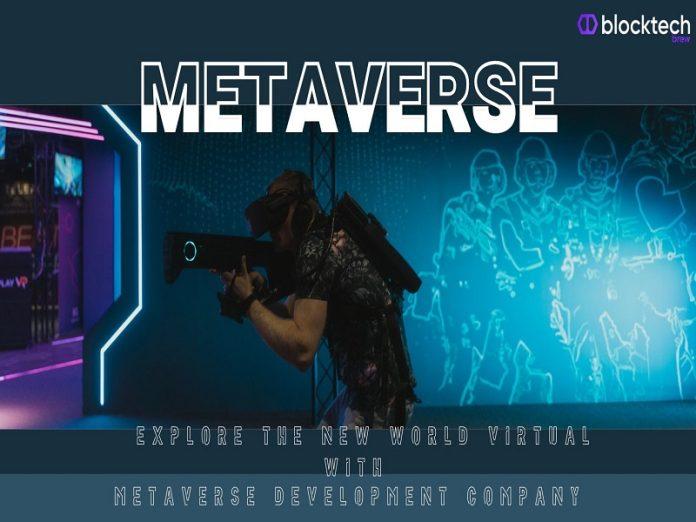The metaverse is a virtual world where players can interact with one another through various mediums, including games. It has grown tremendously in recent years and has become a lucrative space for developers. However, creating a metaverse game is not an easy task, and there are certain things that developers must keep in mind to ensure their success. In this blog, we will discuss the ultimate checklist for metaverse game development.
What is the growth potential of metaverse game development?
Metaverse game development has tremendous growth potential. The metaverse has already attracted millions of users, and the numbers are only expected to grow. According to a report by ResearchAndMarkets, the global metaverse market is expected to reach $280 billion by 2025. This presents a huge opportunity for game developers who are looking to tap into this market.
What are the benefits of creating a metaverse game?
There are several benefits of creating a metaverse game. Here are some of the most significant ones:
- A large audience: The metaverse has a vast audience, and creating a game in this space means that developers can reach a broader demographic.
- Engaging gameplay: Metaverse games offer an immersive gaming experience that engages players for long periods, leading to high retention rates.
- Monetization: Metaverse games offer several monetization opportunities, including in-game purchases, advertising, and subscriptions.
- Creativity: Metaverse games developers allows to exercise their creativity and create unique experiences for players.
How to create a metaverse game?
Creating a metaverse game requires careful planning and execution. Here is a checklist of essential things that developers must keep in mind:
- Determine the game concept: Developers must have a clear understanding of the game concept they want to create. This includes the game mechanics, objectives, and overall theme.
- Choose the right game engine: The game engine is the backbone of the game, and choosing the right one is critical. Developers must consider factors such as ease of use, scalability, and compatibility when choosing a game engine.
- Develop a prototype: Creating a prototype is essential to test the game mechanics and get feedback from users. This helps developers refine the game concept and make necessary changes.
- Design the game world: The game world is the setting of the game and is essential to creating an immersive experience. Developers must design the game world carefully, considering factors such as player interaction and game objectives.
- Build the game assets: Game assets include characters, environments, and objects. Developers must create these assets carefully, ensuring they are optimized for performance and look visually appealing.
- Test and refine: Testing the game is critical to identifying and fixing bugs and other issues. Developers must conduct thorough testing and refine the game based on user feedback.
- Launch and market the game: Launching the game requires careful planning, including selecting the right distribution platform and marketing the game to the right audience.
Building in-house vs. outsourcing your metaverse game development: which is best?
Building in-house or outsourcing metaverse game development depends on several factors, including budget, resources, and expertise. Here are some pros and cons of each approach:
Building in-house:
Pros:
- More control over the development process
- Better communication and collaboration
- The ability to retain and build internal expertise
Cons:
- Higher costs
- Limited access to specialized expertise
- Longer development timelines
Outsourcing:
Pros:
- Lower costs
- Access to specialized expertise
- Faster development timelines
Cons:
- Less control over the development process
- Communication and collaboration challenges
- Risk of quality issues
In conclusion, creating a metaverse game requires careful planning and execution. Metaverse Developers must have a clear understanding of the game concept, choose the right game engine, design the game world, build the game assets, test and refine the game, and launch and market the game to the right audience. Whether to build in-house or outsource the development process depends on several factors, including budget, resources, and expertise.
To ensure the success of a metaverse game, developers must create a game that is engaging, immersive, and provides a unique experience for players. They must also ensure that the game is optimized for performance, is bug-free, and has a solid marketing strategy.
In summary, the metaverse game development company presents a massive opportunity for game developers. However, creating a successful metaverse game requires careful planning and execution. By following the ultimate checklist for metaverse game development, developers can create a game that engages and entertains players while also providing a lucrative revenue stream.
